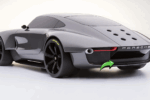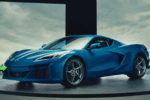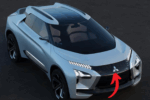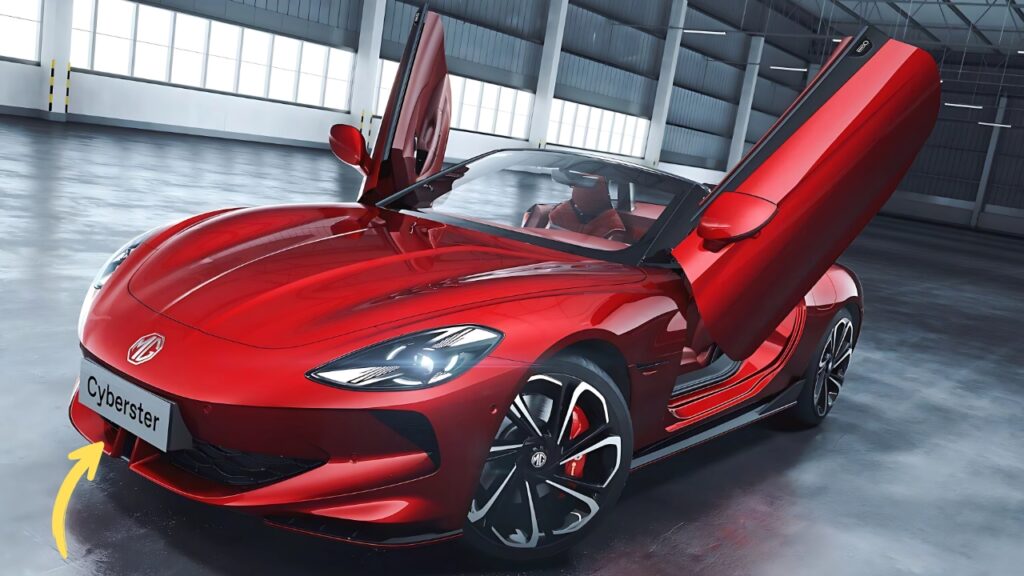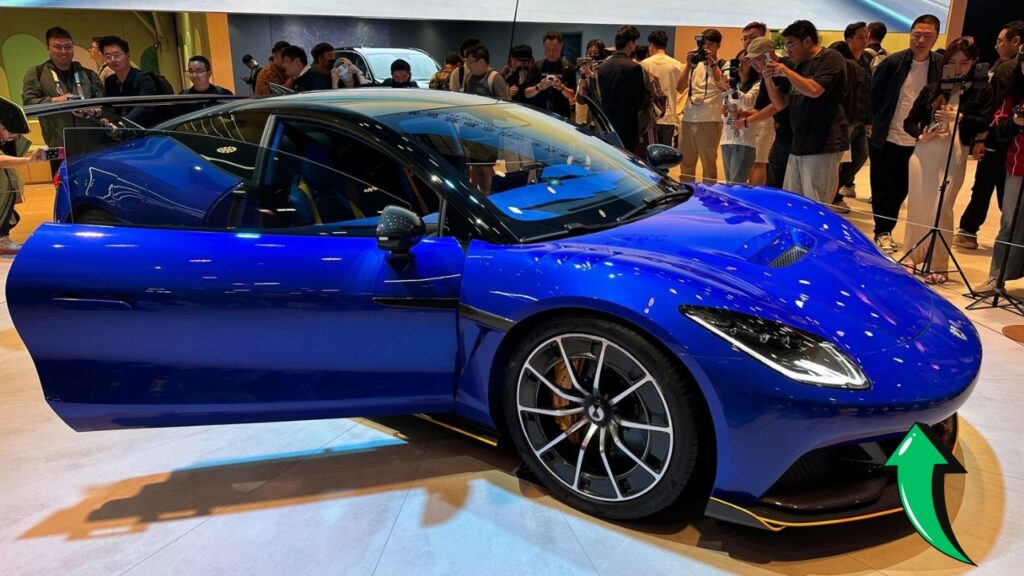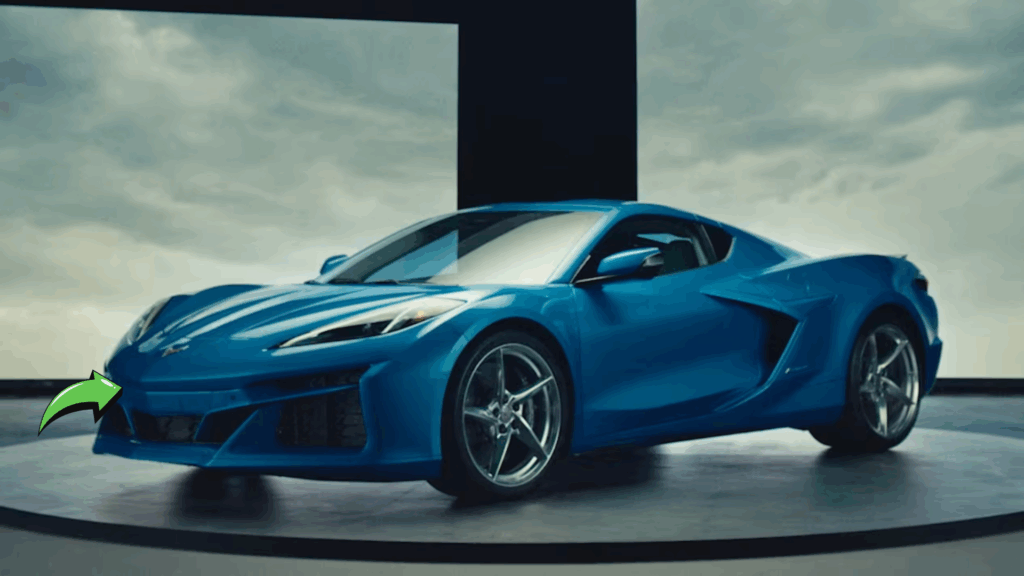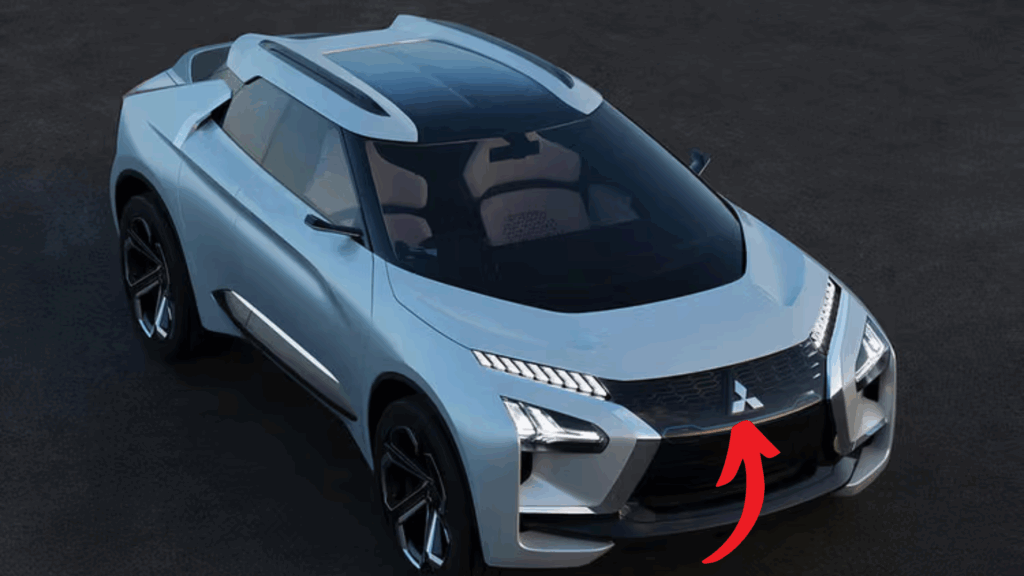Bloody hell, the new Ford’s finally here! After months of speculation and grainy spy shots clogging up my Instagram feed, I finally got my grubby hands on the 2025 Ranger Super Duty last weekend.
I’ve gotta say – after thrashing it through the Snowy Mountains for three days straight – Ford’s latest offering ain’t just another cookie-cutter ute with some fancy badges slapped on.
Table of Contents
Why This Isn’t Just Another Fancy Ute
Look, I’ve driven practically every 4×4 that’s hit Aussie shores over the past decade. Most promise the world in flashy brochures but deliver something disappointingly… normal.
This thing? Different story altogether. The Super Duty badge has been slapped on because – unlike the regular Ranger, my brother-in-law Dave keeps banging on about – this beast was actually developed right here by a team that understands our conditions.
Maybe that’s why it didn’t bottom out once during my run through Burrinjuck’s nastiest trails – the same track that ripped the diff clean off my mate’s so-called “unbreakable” HiLux last winter.
You can practically feel the difference through your fingertips. The steering’s got this meaty resistance that somehow communicates exactly what the front wheels are doing. Can’t explain it properly, but you’ll know it when you feel it.
The Beating Heart & Muscle
Pop the bonnet and you’ll find Ford’s 3.0-liter V6 Power Stroke diesel lurking beneath. Not some watered-down version either – the full-fat 255 horses and a stonking 600 Nm of torque that kicks in ridiculously early in the rev range.
First time I properly mashed the throttle heading onto the Hume Highway, the surge of acceleration actually caught me off guard. Wasn’t expecting something this size to move quite so… eagerly.
The 10-speed auto isn’t the smoothest I’ve ever used – occasionally hunts between 7th and 8th when you’re just cruising – but bloody hell, it’s clever when you’re towing. Somehow knows exactly when to hold gears uphill.
Surprisingly light on juice too. Averaged 9.4L/100km over three days of absolutely not babying it. Your mileage will obviously vary, but that’s about 2L less than my current Amarok chews through.
The chassis underneath has been properly beefed up – not just marketing speak. I noticed extra bracing when I crawled underneath at the campsite (yeah, I’m that guy at parties).
Towing Credentials That Matter
If you’ve ever tried hauling a decent-sized caravan through the Victorian High Country, you’ll appreciate what Ford’s done here. The 4,500kg towing capacity isn’t just a number on a spec sheet.
I hitched up my mate’s 3.2-tonne Jayco during testing, and the difference compared to the standard Ranger was night and day. The integrated trailer brake controller sends you useful feedback through the pedal.
Payloads jumped to 1,250kg, which means you can actually fill the tray with camping gear AND take your family along without the rear end sagging like a sad dog.
Most impressive bit? They’ve managed all this extra capability without turning it into a bone-shaker. Sure, it’s firmer than a standard Ranger, but I didn’t need to visit the chiropractor after a day behind the wheel.
Off-Road Grunt That Makes Sense
Now, about that off-road capability. I’ve flogged plenty of 4×4s that claim to be “uncompromising” off-road warriors. Most compromise plenty the moment you point them at anything more challenging than a wet footy oval.
That Clever Terrain Doohickey
Ford’s enhanced their Terrain Management System, and unlike most driver-selectable modes that feel like marketing gimmicks, these make a noticeable difference:
| Mode | What It’s For | What I Noticed |
|---|---|---|
| Normal | Day-to-day | Nothing special, just works |
| Eco | Saving fuel | The throttle feels like stepping in treacle, but I saved about 0.8L/100km |
| Sport | Having a crack | Holds gears longer, but thirsty though |
| Slippery | Wet roads | Saved my bacon on a muddy descent near Jindabyne |
| Mud/Ruts | The sticky stuff | Let the wheels spin just enough to self-clean |
| Sand | Beach driving | Demolished Fraser Island’s soft stuff |
| Rock Crawl | The scary bits | Handled a rock shelf that stopped three other utes in our group |
The rock mode in particular is properly sorted. Tried it on a gnarly section of the Victorian High Country that usually requires careful spotting and a prayer or two. The Super Duty just… climbed it. No fuss, no drama.
Also Read: A Complete Guide to Mitsubishi Electric and Hybrid Car Lineup
4×4 System That Works When You Need It
Unlike some competitors that make you stop completely to engage low-range, the Super Duty lets you shift on the fly at low speeds. Came in handy when I suddenly needed 4L halfway up a steep, loose climb.
Both front and rear diffs lock electronically with a simple button press. No getting out in the mud to twist manual hubs or, worse, finding out your fancy auto-lockers decided not to play ball today.
The 360-degree camera system saved my paintwork more than once, especially with the dedicated off-road view that somehow shows you exactly where your wheels are pointing. Witchcraft, I reckon.
I deliberately found the deepest water crossing in the area – measured around 850mm with a stick – and the Super Duty pushed through without a hint of concern. The 900mm wading depth isn’t just marketing fluff.
Living With The Beast Day-to-Day
Let’s be honest – most of these trucks spend way more time on school runs and Bunnings trips than they do conquering mountain ranges. So how’s it fare in the real world?
The Not-So-Utilitarian Interior
First impression when you climb in: this doesn’t feel like a work truck anymore. The seats are wrapped in this weird rubbery leather that somehow still feels premium but shrugs off mud and coffee spills. Ask me how I know.
The dashboard isn’t all hard plastic like you’d expect in something with “Duty” in its name. There are padded sections where your knees tend to bang during off-road sessions.
After 6 hours straight behind the wheel, my dodgy lower back (footy injury from the 90s) wasn’t screaming for mercy. That’s thanks to surprisingly good lumbar support and what Ford calls “multi-contour” seats.
There’s enough adjustment in the driving position that even my lanky 6’4″ brother-in-law could get comfortable, while my 5’2″ wife could still reach the pedals properly.
Tech That Works
The centerpiece is that massive 12-inch portrait screen that dominates the dash. Unlike some systems I’ve battled with, this one’s actually responsive – even when your fingers are wet or slightly muddy.
Connected my ancient iPhone without any drama, and the wireless CarPlay worked flawlessly even in areas with spotty reception. The system’s smart enough to switch between phone and built-in nav when signal drops out.
The sound system thumps properly. Eight speakers, including a subwoofer that’s somehow been cleverly mounted not to steal any storage space. Managed to drown out my wife’s complaints about my driving with ease.
That digital instrument cluster lets you customize what you see, so I set mine up to always show transmission temp and diff lock status. Little things that matter when you’re using the truck as intended.
Useful Storage Spots
Whoever designed the interior storage uses utes. There’s a spot for your phone that fits modern smartphones, not just iPhone 5-sized devices.
The center console is deep enough to swallow a DSLR camera, and the door pockets can hold 1-liter water bottles upright without them tipping over on every corner.
Found a sneaky hidden compartment under the rear seats that’s perfect for valuable gear you don’t want visible through windows at rest stops.
The built-in 400W inverter means I could run my portable fridge without extra adapters, and charge power tools right from the tray. Came in handy when we needed to drill a new mounting hole for the camp shower.
Safety Stuff Worth Mentioning
Not exactly the sexiest topic, but worth noting: this thing’s packed with more safety tech than my wife’s European SUV that cost nearly twice as much.
The autonomous braking system doesn’t panic at the sight of roadside bushes like some systems I’ve used. It seems to understand the difference between an actual hazard and normal off-road surroundings.
The blind spot monitoring actually works with trailers – you tell it how long your trailer is, and it adjusts accordingly. Brilliant for avoiding those heart-stopping moments when changing lanes on the highway.
They’ve clearly beefed up structural rigidity too. Hit a washout at speed accidentally (sorry Ford) and the chassis didn’t make that horrifying flexing sound my old ute used to make.
The trailer sway control is properly sorted too. Deliberately tried to induce some sway on a windy section of highway (empty road, controlled conditions), and the system gently brought everything back in line without any drama.
The Dollars and Sense
Alright, the bit that’ll make your bank manager wince. The 2025 Ford Ranger Super Duty range kicks off at $72,990 for the base XL. That climbs to an eye-watering $89,990 for the all-singing, all-dancing Platinum.
Not small change by any stretch, but reasonable when you stack it against similarly capable rigs. You’re looking at well over $100K for a 79 Series Land Cruiser with similar capability these days.
Ford’s taking $1,000 deposits now, which seems fair given expected demand. A dealer in Penrith told me they’ve already got a dozen sight-unseen orders on their books.
The warranty package includes 5 years/unlimited kilometers coverage, which is bang-on industry standard these days. The 7 years of roadside assistance is a nice touch, though – especially for those planning remote trips.
Service intervals are a generous 15,000km or 12 months, which means most weekend warriors will only need to visit the dealer annually. Capped price servicing costs weren’t available at the time of writing.
Your Bank Account Won’t Like You
After three days of thrashing, towing, climbing, and yes, occasionally getting slightly lost in the Super Duty, I’ve come away properly impressed.
Is it expensive? Yep. Is it worth it? If you’re going to use its capabilities.
This isn’t a city truck with some bolt-on accessories and aggressive marketing. It’s a properly engineered piece of kit that delivers exactly what it promises.
The Super Duty finds that elusive sweet spot between the standard Rangers that dominate school pickup zones and the massive American trucks that won’t fit down half our country roads.
For those who actually tow regularly, venture off the beaten track, or need a genuine workhorse rather than just a lifestyle accessory, the Super Duty makes a compelling case for itself.
Just don’t blame me when your significant other sees the bank statement.
Frequently Asked Questions
Q: Can it tow 4.5 tonnes safely?
A: Yep – tested it myself with a 3.2-tonne van, and it felt more planted than my mate’s Ram with a similar load.
Q: How’s the fuel economy when towing?
A: Averaged 13.8L/100km with a full-size caravan behind – about 45% increase over unladen consumption.
Q: Will it fit in standard parking spaces?
A: Just barely. About 10cm longer than a standard Ranger, but the 360° cameras help tremendously.
Q: Does the diff locker affect on-road handling?
A: Only when engaged (obviously). Otherwise drives like a slightly firmer standard Ranger.
Q: When can I get my hands on one?
A: First deliveries expected August 2025, but dealers are taking deposits now. I’d get in quick.

